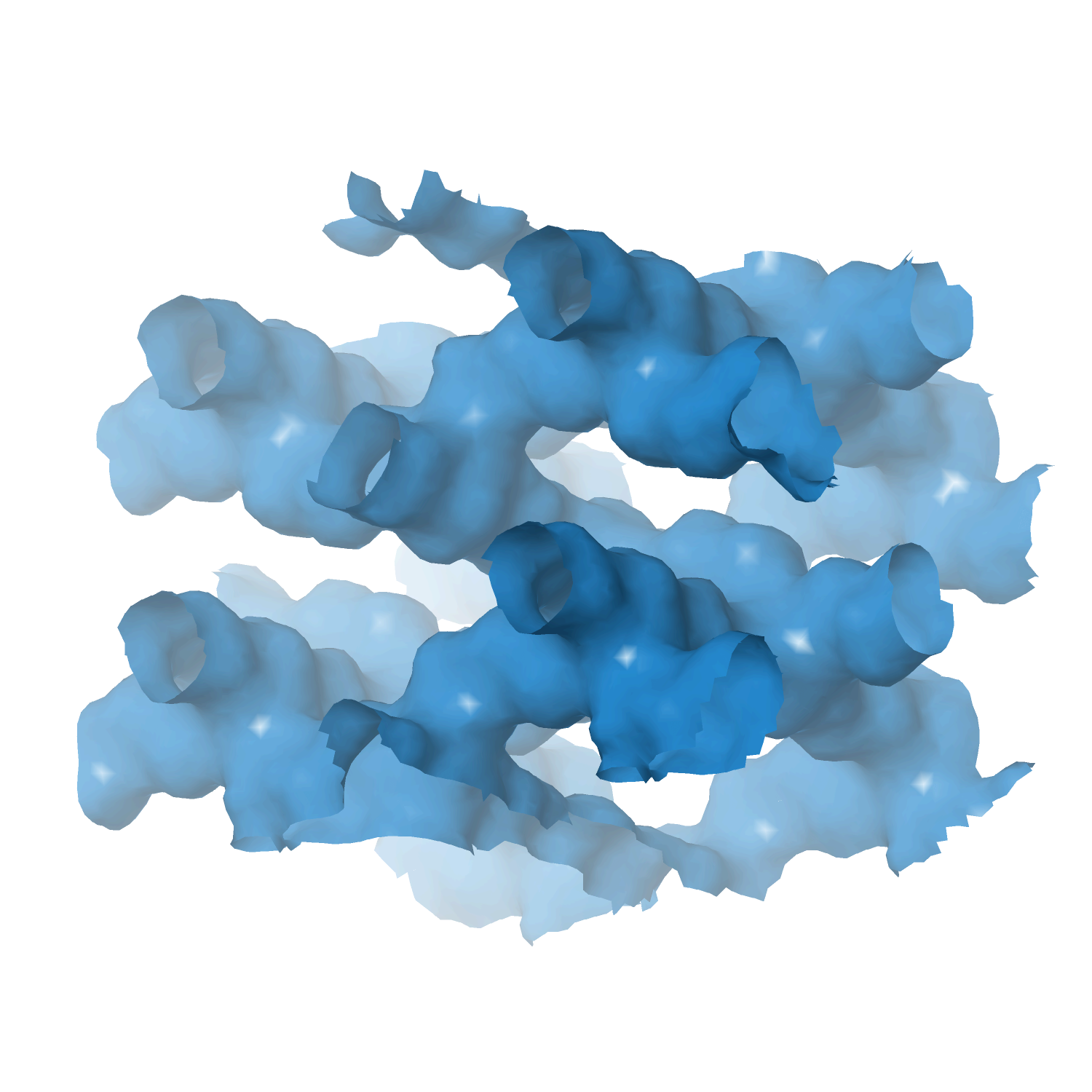Heterogeneous catalyst engineering ⇒ from stable and deactivation resistant to viable technical catalyst
Advances in heterogeneous catalyst “structure” are driven to improve their “function” or performance, i.e., activity, selectivity, and stability. Cooperative research is required to understand the structure and function relationships: developing new synthesis protocols for heterogeneous catalysts with unique surface properties, defined porosity, identification and understanding of catalytically active sites, reaction mechanisms, and finally, prediction and analysis of the processes using various computational tools.
Our group focuses on developing new catalyst formulations using innovative synthesis routes for various important heterogeneous catalysts. That includes thermal, electro, and bio-electro catalysis.
The active phase cannot be used directly in its final application or reactor for various reasons, including poor mechanical resistance, heat or mass transport, and fluidization features. We must mix the active phase with other ingredients in a matrix of binder and filler, while we shape it into a technical catalyst. We investigate new synthetic protocols for technical catalysis using spray drying and fluidized beds to cover the whole range of sizes. At the same time, we incorporate additional (unconventional) ingredients such as SiC to improve some features even further.
- Technical catalyst I ⇒ spray drying and extrusion
- Technical catalyst II ⇒ spray fluidized bed reactor
- Technical catalyst III ⇒ electrospinning
- Zeolite catalysts ⇒ with defined structure/porosity
- Multi-metal (high entropy) alloy catalysts
- MXene catalysts ⇒ single and multi-dimensional
- Perovskite catalysts
- Metal-organic framework (MOFs) catalysts
- Supported metal/metal-oxide catalysts
- Aerogel catalyst
Highly Efficient and Stable Methane Dry Reforming Enabled by a Single-Site Cationic Ni Catalyst
by
Cheng, Yao, Ou, Hu, Zheng, Li, Morlanes, Cerrillo, Castaño, Gascon, Han
J. Am. Chem. Soc.
Year:
2023
DOI:
https://doi.org/10.1021/jacs.3c04581
Abstract
Zeolite-supported nickel (Ni) catalysts have been extensively studied for the dry reforming of methane (DRM). It is generally believed that prior to or during the reaction, Ni is reduced to a metallic state to act as the catalytic site. Here, we employed a ligand-protected synthesis method to achieve a high degree of Ni incorporation into the framework of the MFI zeolite. The incorporated Ni species retained their cationic nature during the DRM reaction carried out at 600 °C, exhibiting higher apparent catalytic activity and significantly greater catalytic stability in comparison to supported metallic Ni particles at the same loading. From theoretical and experimental evidence, we conclude that the incorporation of Ni into the zeolite framework leads to the formation of metal–oxygen (Niδ+–O(2−ξ)–) pairs, which serve as catalytic active sites, promoting the dissociation of C–H bonds in CH4 through a mechanism distinct from that of metallic Ni. The conversion of CH4 on cationic Ni single sites follows the CHx oxidation pathway, which is characterized by the rapid transformation of partial cracking intermediates CHx*, effectively inhibiting coke formation. The presence of the CHx oxidation pathway was experimentally validated by identifying the reaction intermediates. These new mechanistic insights elucidate the exceptional performance of the developed Ni-MFI catalyst and offer guidance for designing more efficient and stable Ni-based DRM catalysts.
Keywords
HCE
CHA
